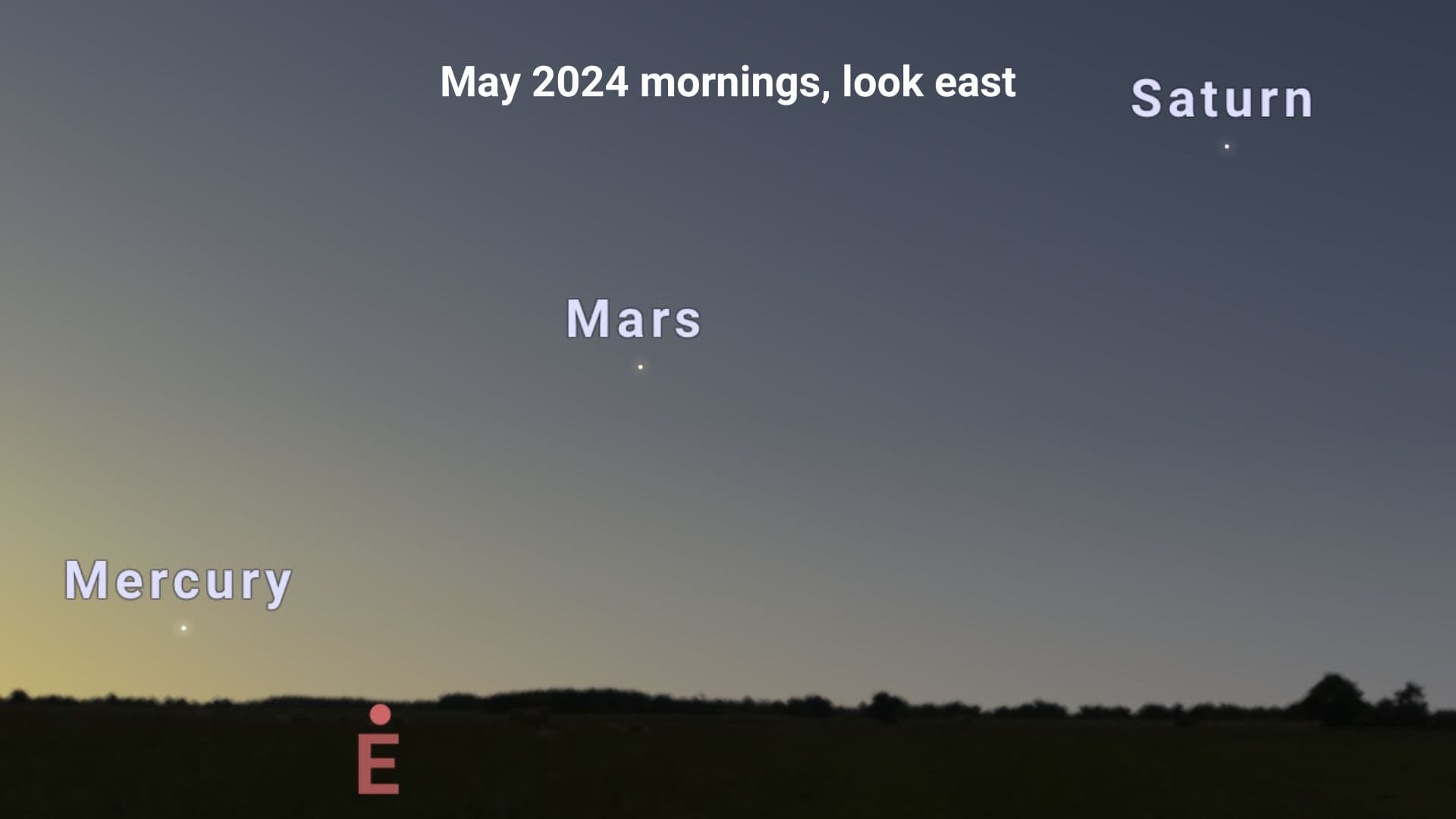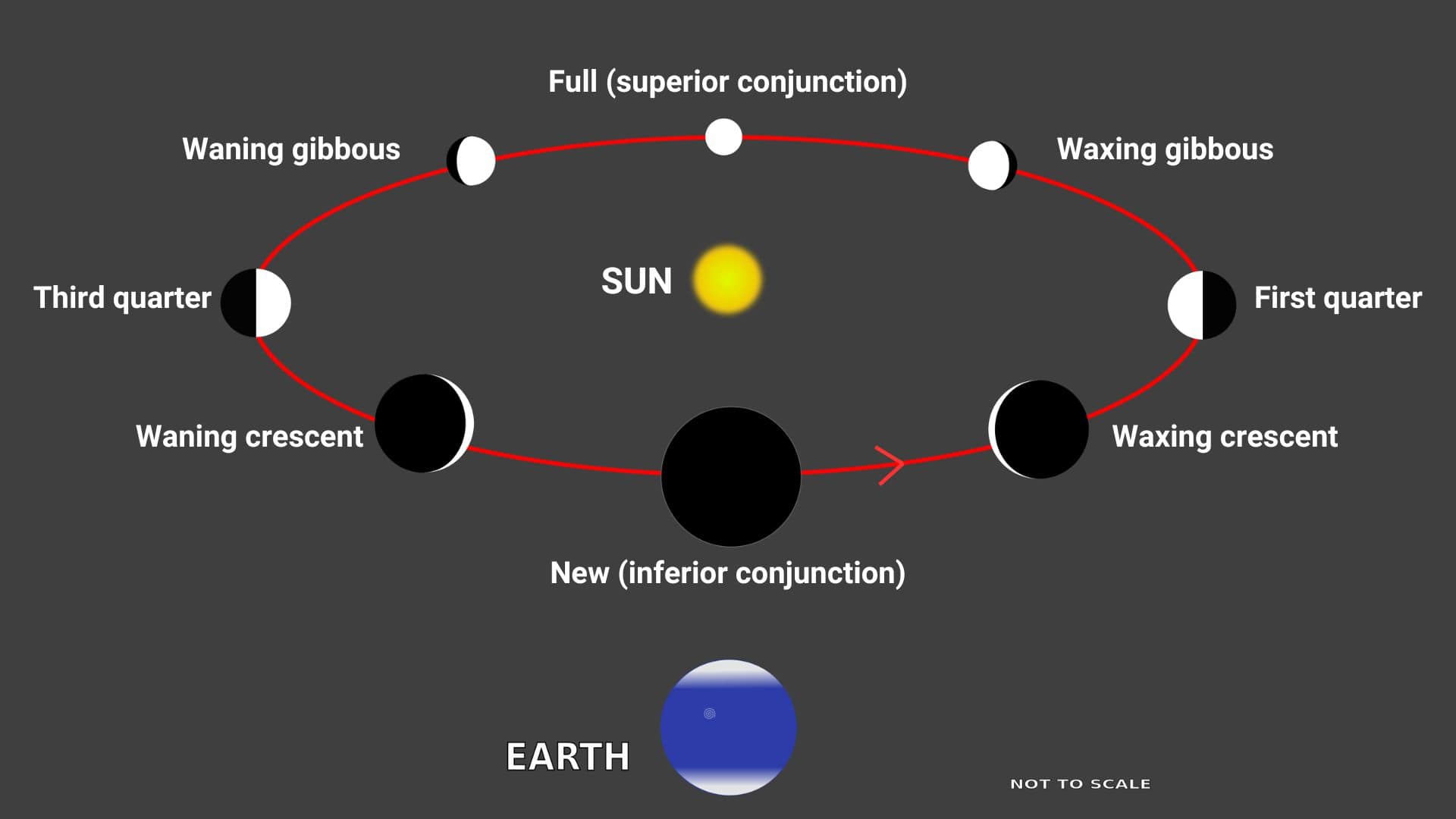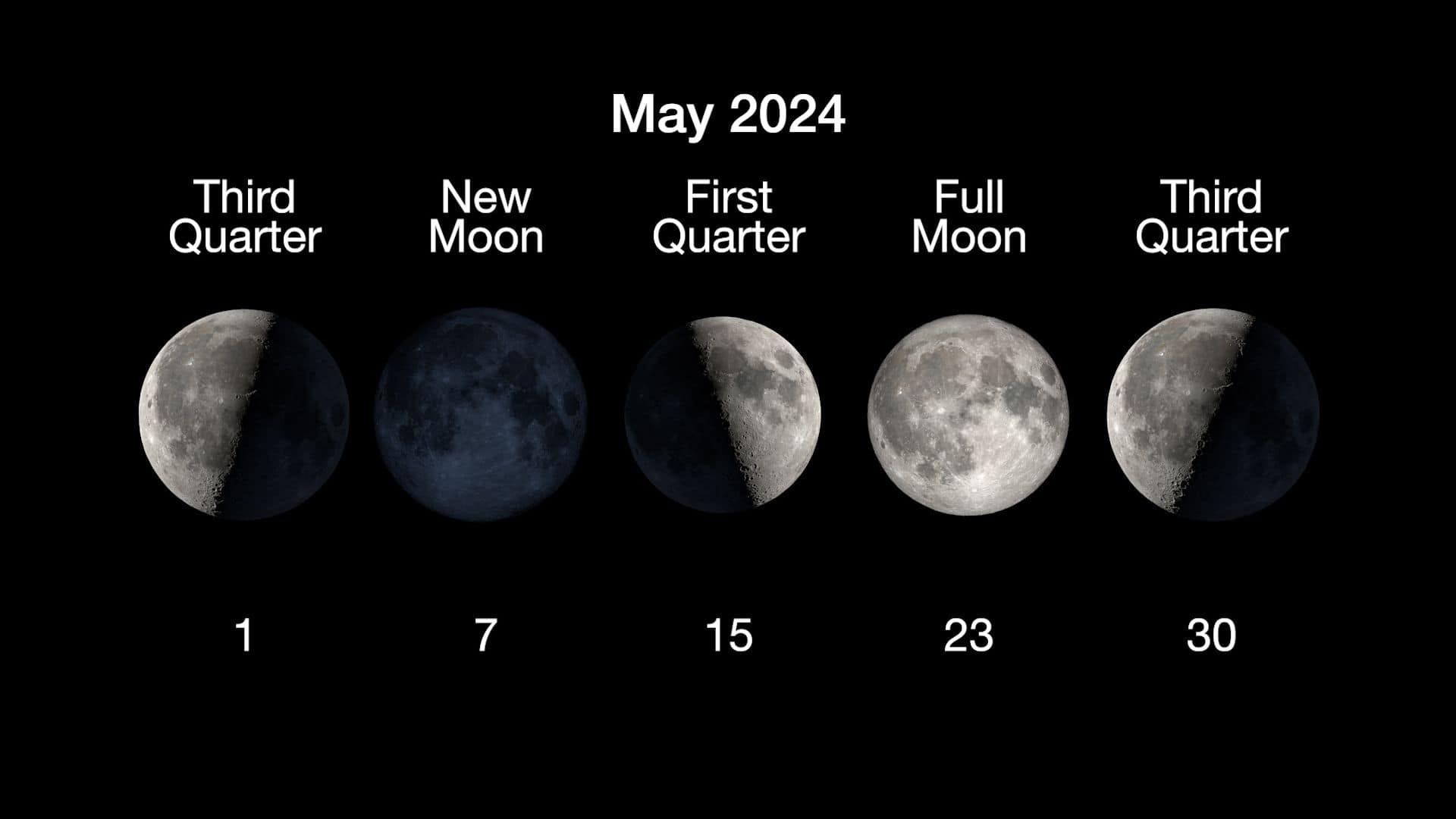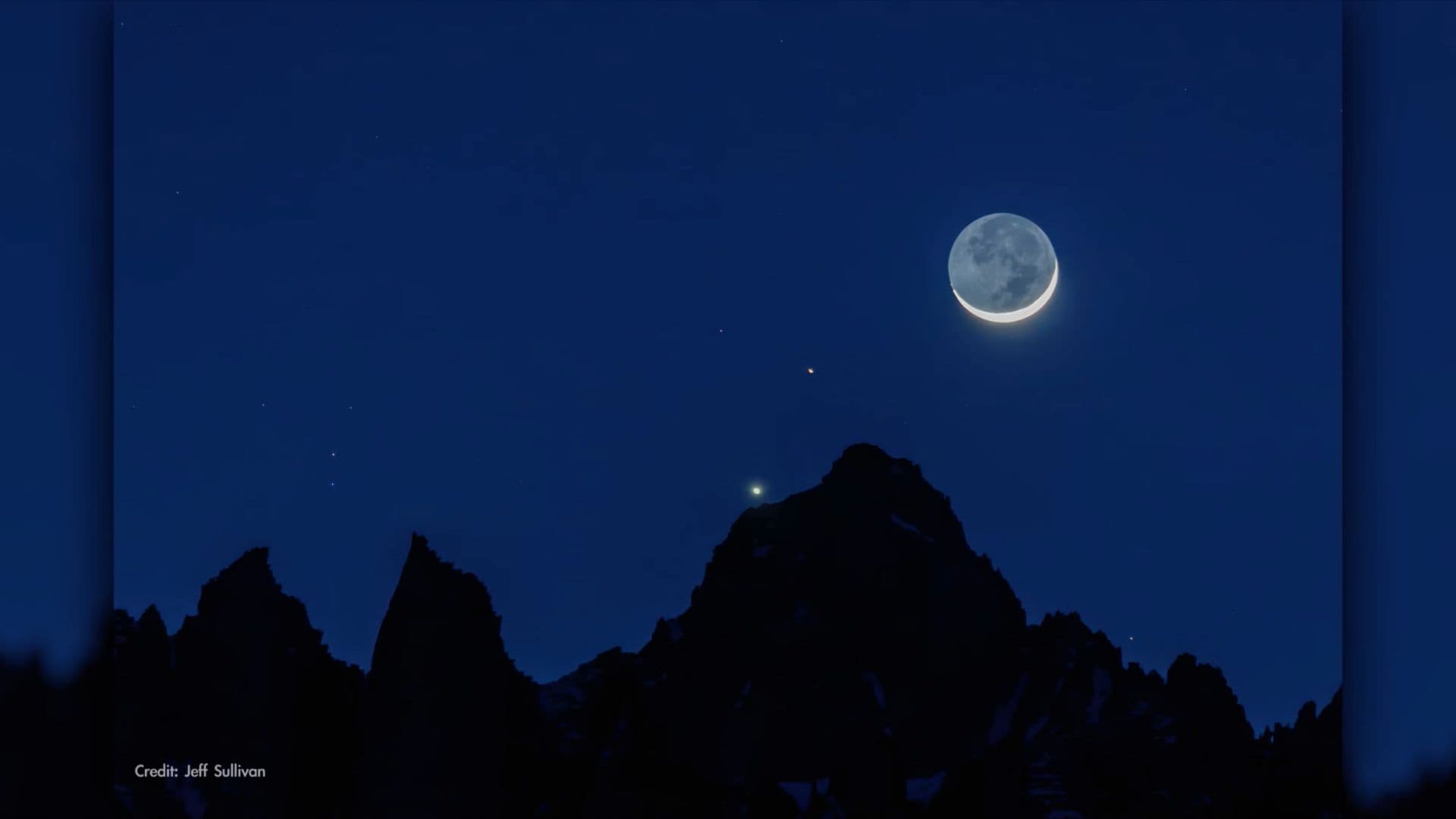The Delta Aquariid meteor shower will start on July 12 and end on August 19 in 2024. The predicted peak of Delta Aquariids will fall on July 29, 2024 at 11:31 UTC.
It is the second most active meteor shower in the Southern Hemisphere after the Eta Aquariids in May.
The shower usually produces up to 28 meteors per hour during peak activity under clear, dark skies.
2024 will be a good year to see Delta Aquariids as the thin waning crescent moon will rise in the pre-dawn hours. So you will get an almost moonless night to observe Delta Aquariids during the peak activity.
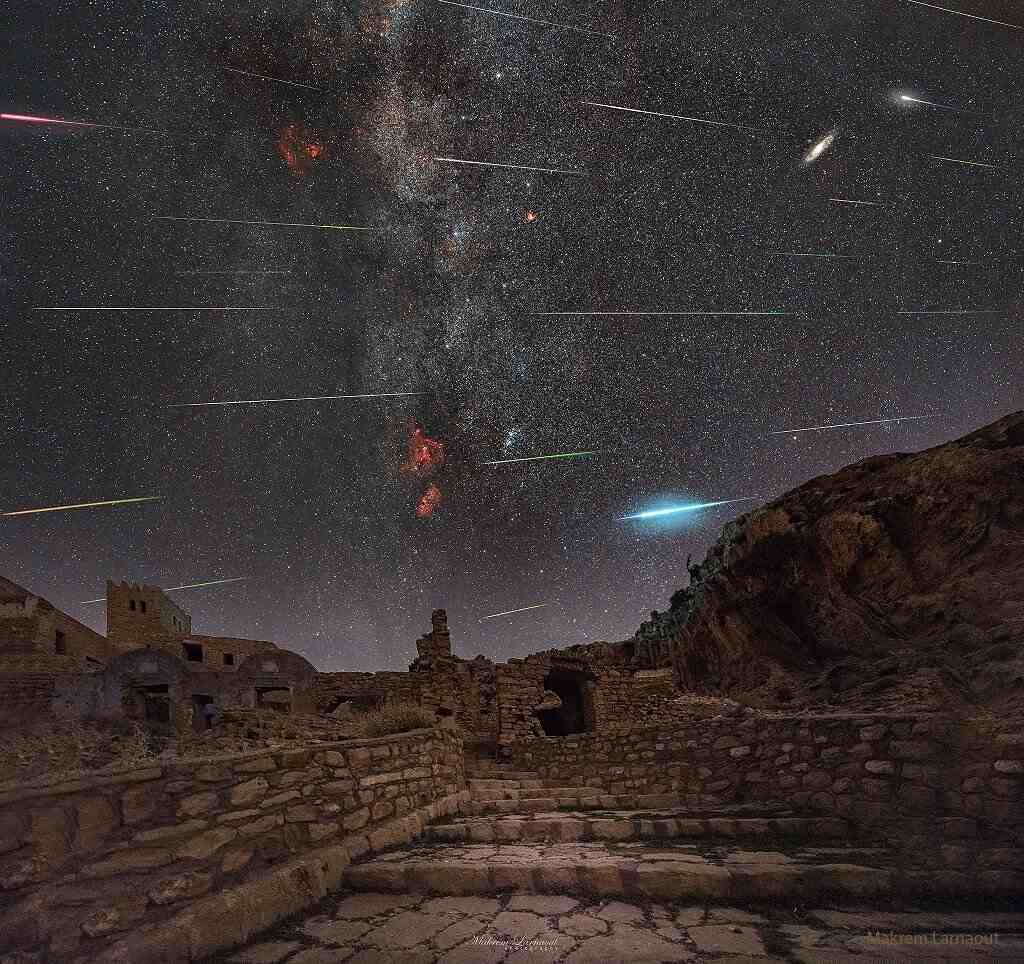
Duration of peak activity
Unlike the Quadrantids in January or the Lyrids in April, there is no sharp peak of the Delta Aquariid meteor shower.
The peak activity of the Delta Aquariid meteor shower can last up to about four days, centered on the predicted peak, making it easier to observe.
When to see the Delta Aquariid meteor shower in 2024
Wee hours (at around 2 to 3 a.m. local time) of July 29 and 30 is the best time to see the Delta Aquariid meteor shower in 2024.
The point from where the Delta Aquariid meteor shower radiates in the sky, called the shower’s radiant, rises in the late evening, reaches its highest point in the sky after midnight and then its altitude gradually decreases until it sets in the morning.
The radiant of the Delta Aquariid meteor shower climbs a decent height above the horizon around midnight, so I will suggest you start watching Delta Aquariids (Delta Aquariid meteors) from midnight and continue it till dawn.
Please remember, you won’t see Delta Aquariid meteor shower in the early evening as the shower’s radiant is located below the horizon in the early evening.
Where to look to see the Delta Aquariid meteor shower
The Delta Aquariid meteor shower radiates from the proximity of the bright star Fomalhaut. Look low in the southern sky in the wee hours to spot bright Fomalhaut.
Fomalhaut is the brightest star in the constellation Piscis Austrinus, the Southern Fish and the 18th brightest star in the night sky.
The loneliest Fomalhaut is easily noticeable in the southern sky, even in light-polluted areas and the radiant of the Delta Aquariid meteor shower is located slightly above the bright Fomalhaut.
However, I will suggest you don’t look at the bright star Fomalhaut only to see the Delta Aquariid meteor shower, as the meteors closer to the radiant have shorter trails and are difficult to observe. So move your gaze across the entire southern sky.
Visibility of the Delta Aquariid meteor shower
Like the Eta Aquariids in May, the Delta Aquariid meteor shower is most favorable to observers in the Southern Hemisphere, especially those located in the low-southern latitudes (from 5°S to 25°S).
Observers located in the low-southern latitudes will get the best view of the Delta Aquariid meteor shower, where the radiant reaches almost overhead in the sky (more than 80° altitude) at 2 a.m. local time.
In the Northern Hemisphere, the further north you go, the fewer Delta Aquariid meteors you will see. So the observers located in the low- and mid-northern latitudes will see a moderate to low display of this shower.
Anyone living farther north than 45°N – Bordeaux, Minneapolis, Toronto, Montreal – will struggle to observe the Delta Aquariid meteor shower, where the radiant never rises much above the horizon.
How the Delta Aquariid meteor shower got its name
Meteor showers are usually named after a constellation in which the radiant lies during peak activity or after a bright star closest to the radiant.
The Delta Aquariid meteor shower got its name after the bright star delta Aquarii in the constellation Aquarius, as the radiant of the shower is located very close to delta Aquarii during peak activity.
How to observe the Delta Aquariid meteor shower
You don’t need any special equipment, such as a pair of binoculars or a telescope, to see the Delta Aquariid meteor shower. A meteor shower is best seen with the naked eye.
Find a safe, dark place away from city lights where a large portion of the sky is visible. Lie down or sit on a lawn chair and look at the sky along the middle of the horizon and zenith, facing roughly south.
It will take around 30 minutes for your eyes to adjust to the darkness, and don’t look at your cell phone as the bright light from its screen will interrupt your night vision.
Be patient, as the celestial show of the Delta Aquariid meteor shower will be visible until dawn.
As the night progresses you will see more Delta Aquariid meteors and will reach its maximum value at around 2 a.m. local time.
References
Atlas of Meteor Showers – A Practical Workbook for Meteor Observers
Please bookmark Spaceandtelescope.com or follow us on Facebook and Twitter to get latest space news, upcoming skywatching events and astronomy-related content.
